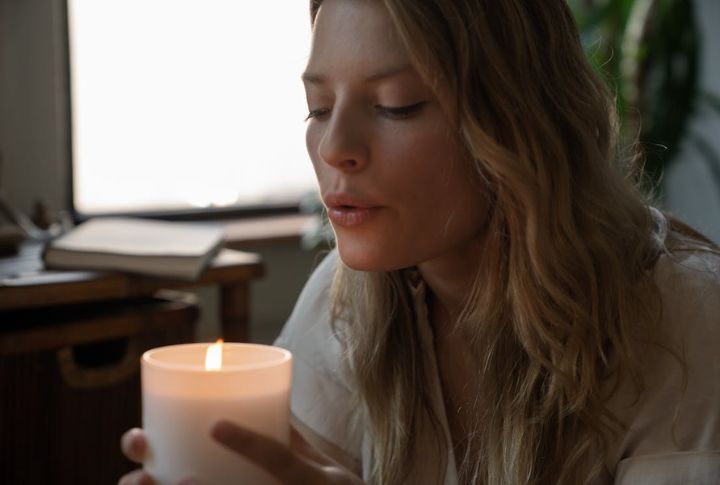
The scent hits first: warm vanilla, crisp linen, even something called “ocean breeze.” It’s easy to think these tiny luxuries add calm and charm to a space. And yet, over time, these common household staples may be doing more harm than good. Let’s break down 10 solid reasons to reconsider tossing another plug-in into your cart.
Indoor Air Pollution Levels
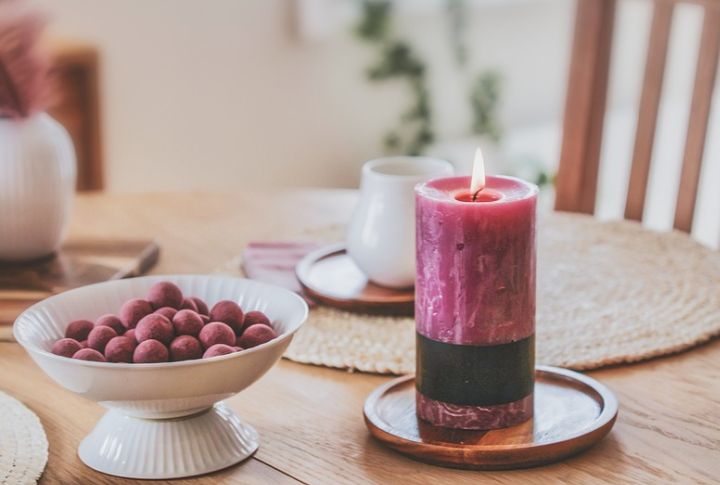
A candle’s glow might look harmless until it’s releasing a mix of pollutants into your home. According to the EPA, indoor air contains up to five times more contaminants than outdoor air. That includes benzene and toluene: the chemicals linked to long-term respiratory and cognitive health concerns.
Soot Reaches Deep Into Lungs

If you’ve ever seen dark smears on the ceiling or walls near a candle, that’s soot buildup. However, it’s not just a cleaning hassle. Candle emissions release ultrafine particles that act like diesel fumes. These can get deep into the lungs and put extra pressure on the heart.
‘Fragrance’ Often Means Hidden Chemicals
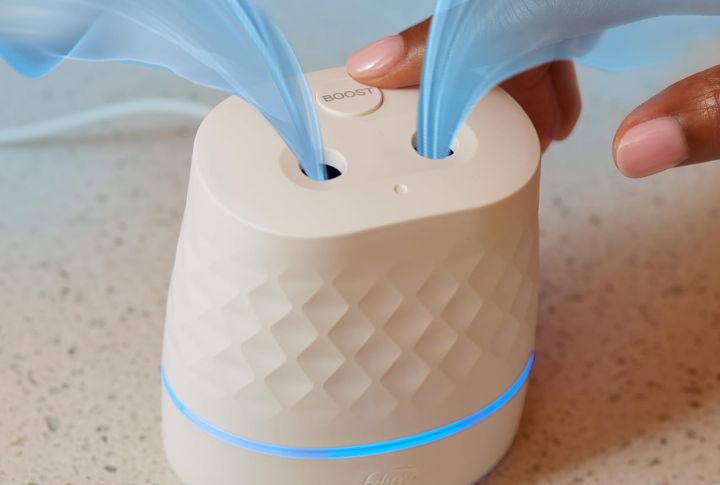
One plug-in can hide dozens of unlisted chemicals under the single label “fragrance.” Legally, companies can shield ingredients by calling them proprietary. Phthalates and synthetic musks are both associated with hormone interference, which often goes undisclosed. The pleasant scent masks a chemical cocktail you’re breathing daily without full transparency.
Fire Risk Increases

Flames and faulty wiring are a recipe for disaster, compromising your peace of mind. The National Fire Protection Association reported that candles cause over 7,000 house fires each year. Shocking, right? Plug-ins can be equally risky if left unattended or placed near flammable materials.
Phthalates Disrupt Hormones

Lurking inside that fresh linen or vanilla scent, phthalates interfere with your body’s endocrine system. Research in Environmental International found these compounds linked to early puberty and hormone disruption. Even low-level exposure to scented products has raised concern among reproductive health professionals monitoring long-term developmental effects.
Migraine Symptoms Can Flare Up

Headaches, dizziness, and nausea are common responses to scented products. People with migraines are especially sensitive, as low levels of exposure can trigger a full attack. These aren’t limited to pain; visual symptoms and cognitive issues often follow to create challenges that go unnoticed by those without scent sensitivities.
Pets Are Sensitive To Indoor Scents

While your home smells great to you, your pets might be quietly suffering. Birds, cats, and dogs process airborne toxins differently and less efficiently. The ASPCA warns that certain essential oils and synthetic compounds in scent products can cause vomiting, drooling, tremors, and even liver damage in severe cases.
Mold May Build Up Inside Plug-Ins
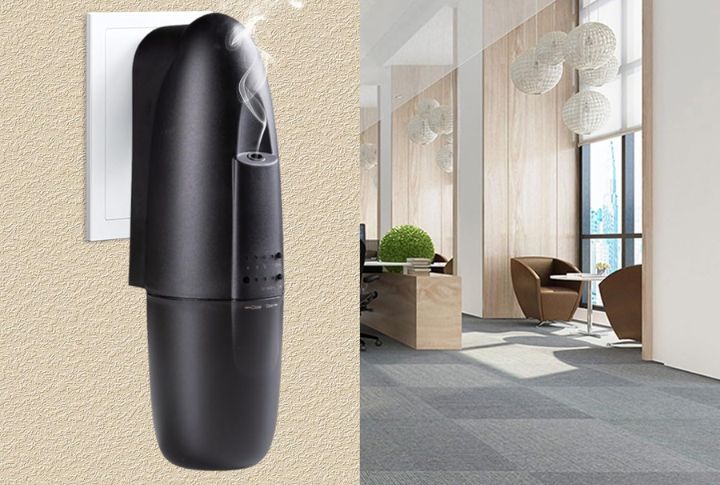
Behind that constant scent could be a reservoir of hidden mold. In damp climates, scent plug-ins may develop internal mold colonies as moisture builds. The warmth from the device doesn’t neutralize spores. Once airborne, these contaminants contribute to allergic flare-ups and respiratory symptoms.
Growing Concern Over Scent Exposure

The scent you love might be someone else’s health trigger. According to the CDC, more than 30% of Americans now report reactions to scented products in public spaces. As sensitivity grows, so does the demand for fragrance-free zones in workplaces, healthcare settings, schools, and even public transportation.
Larger Environmental Cost
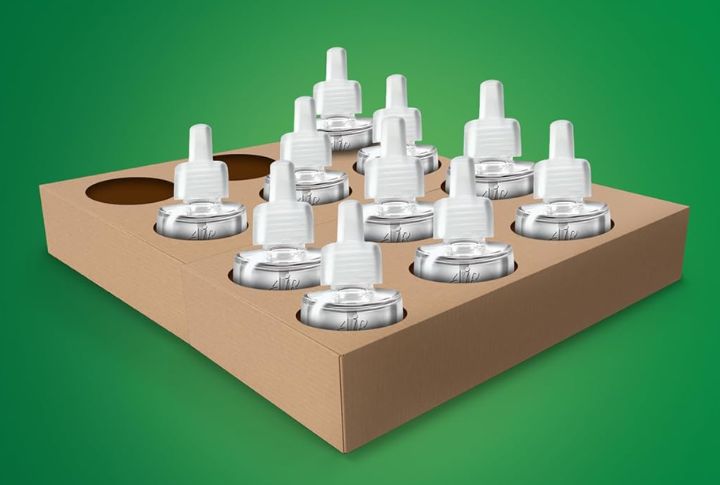
Paraffin-based candles stem from petroleum processing, while plug-in refills add to global plastic waste. Even fragrance synthesis involves fossil fuel derivatives. Compared to natural ventilation or responsibly sourced essential oil diffusers, these scented options carry a larger environmental cost than most consumers realize.

